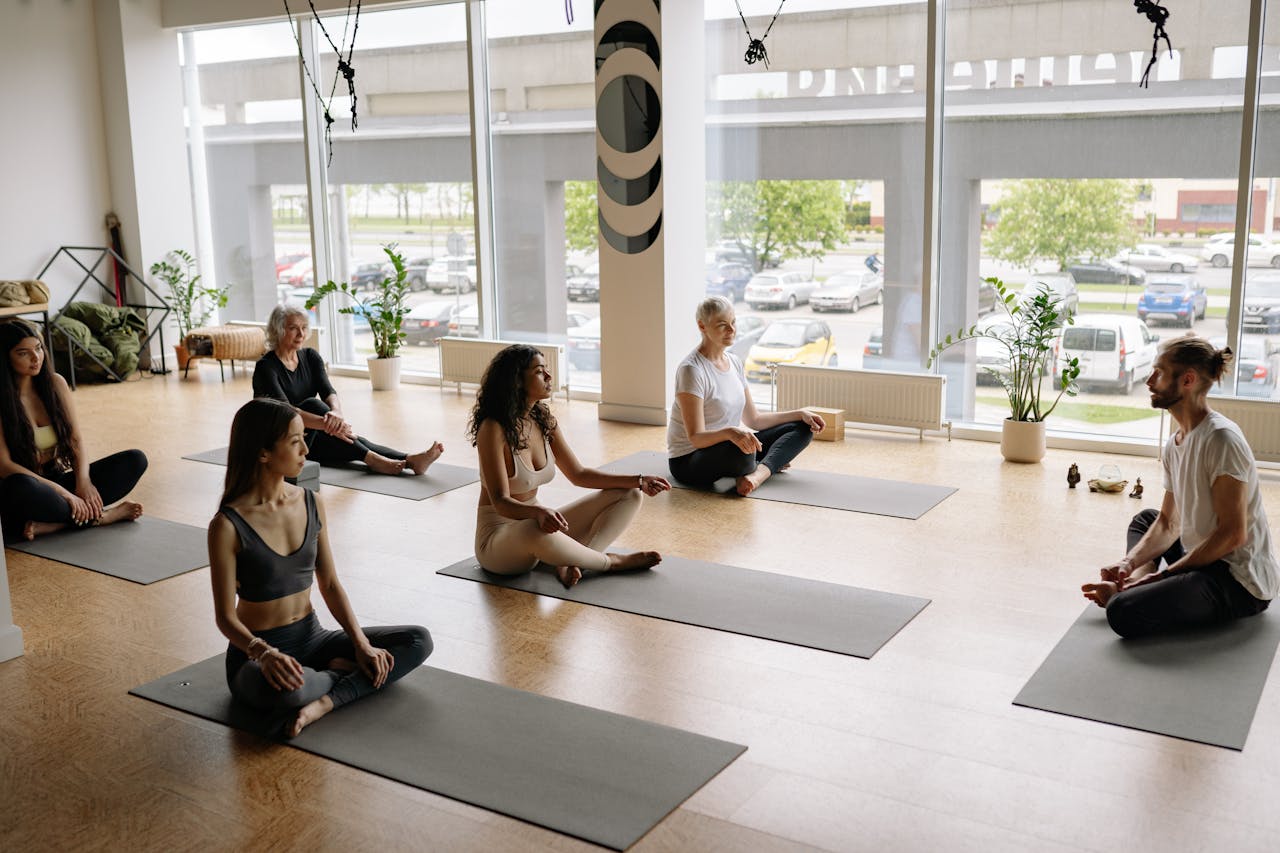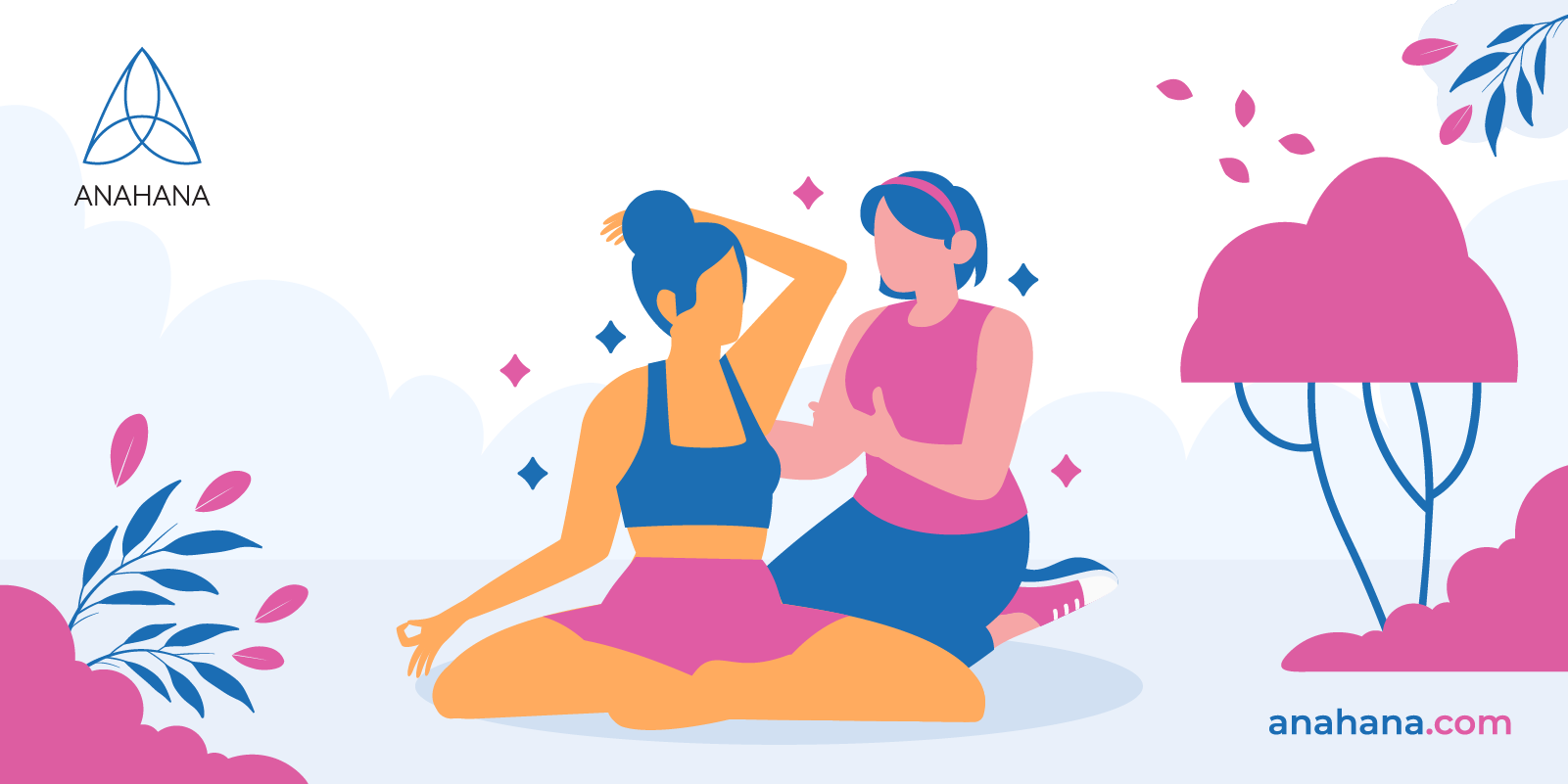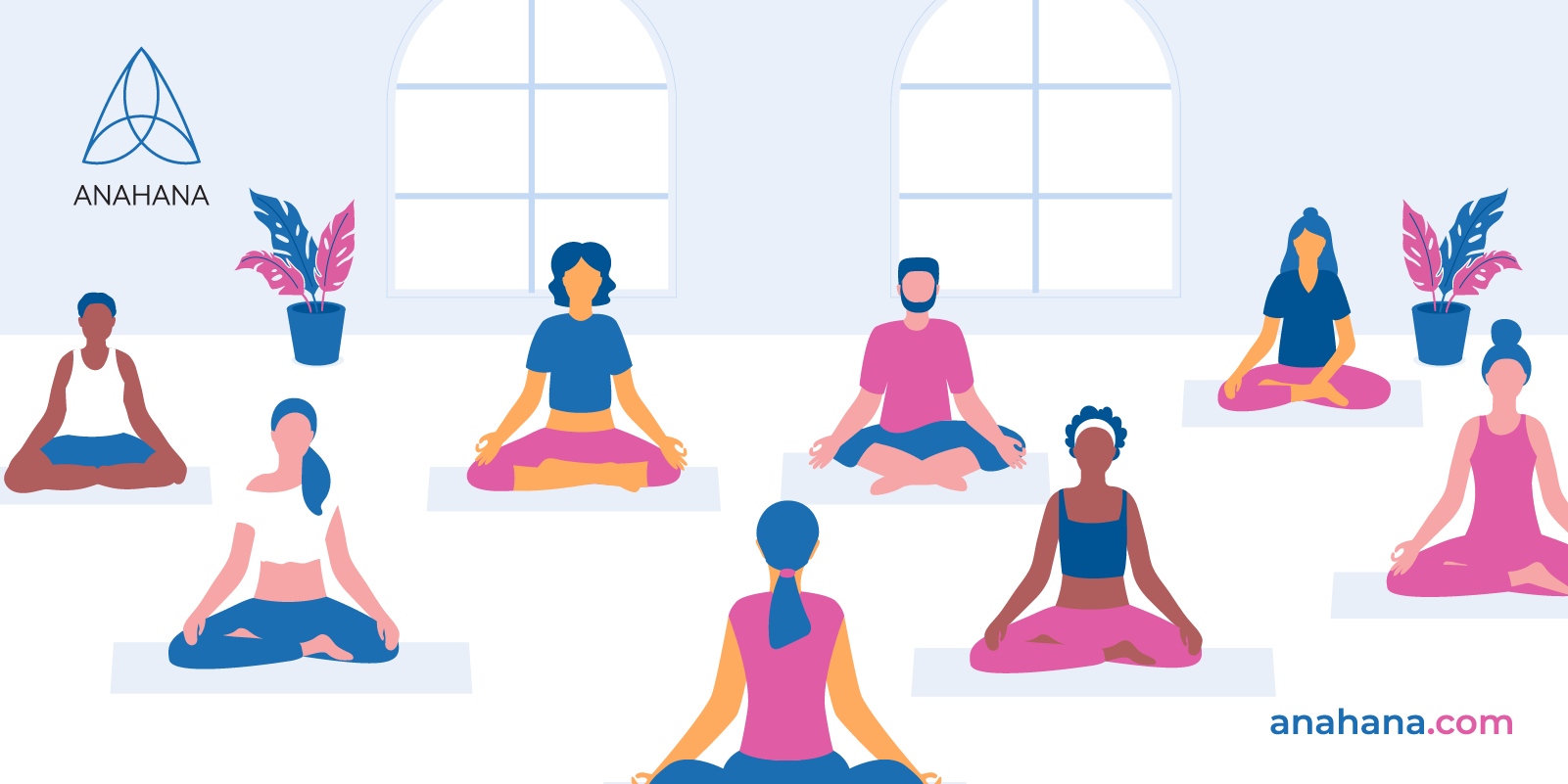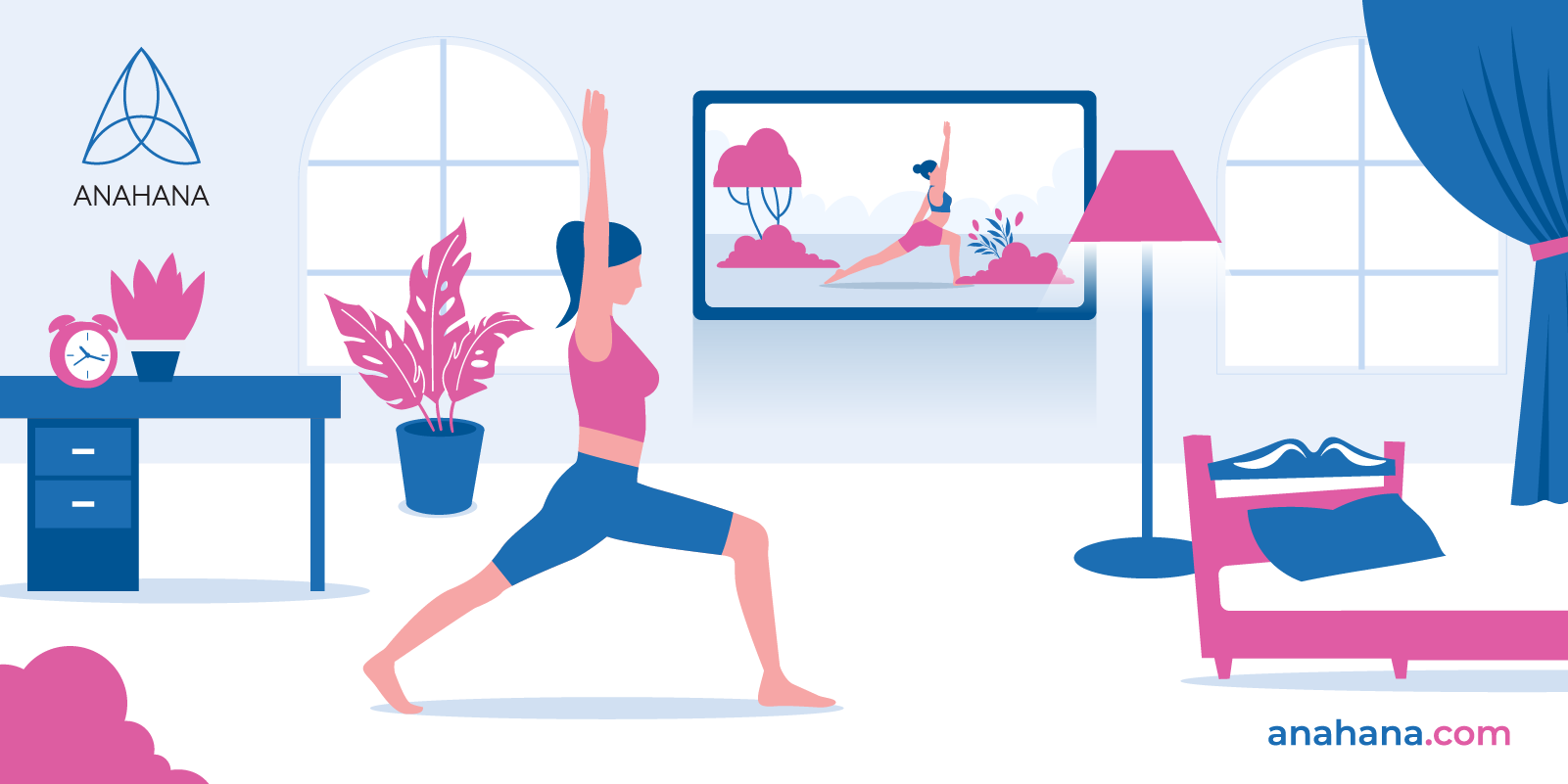
Table of Contents
Perhaps you've been practicing yoga for many years, and you're ready to take your practice to the next level. Or, maybe you've only recently fallen in love with yoga, so much so that you'd like to try teaching.
Key Takeaways
- Certification: Complete a 200-hour Yoga Teacher Training (YTT) program to begin teaching.
- Curriculum: Training includes anatomy, yoga philosophy, teaching techniques, and hands-on practice.
- Experience: Develop personal practice and teaching skills during training.
- Advanced Training: Consider 500-hour courses for advanced certification.
- Career Path: Teach in studios, gyms, or online after certification.
- Building a Career: Gain experience, create a teaching style, and build a client base.
There are many reasons to become a certified yoga instructor. And there are many yoga instruction courses available to those who are interested. The key is finding a yoga certification course that resonates with your goals and passion for the practice. Then, of course, the next challenge is finding a way to channel that passion into a rewarding career in yoga instruction.
Why Do You Want To Be A Yoga Teacher?
As you research becoming a yoga teacher and start taking your first steps toward a yoga teacher certification, it's a good idea to check in with yourself: Why do you want a yoga teacher certification in the first place?
While teaching yoga is rewarding, it requires hard work and focus/
When teaching yoga, you must:
- Be able to break down concepts for easy learning
- Be able to create a cohesive and engaging class schedule
- Be able to market and advertise your classes well
- Have a loud and clear speaking voice
- Be punctual when it comes to class times
- Have patience
- Be able to modify yoga poses for different skill levels.
Yoga Teacher Training
The first thing to know about becoming a yoga teacher is that you'll likely need to interact with the Yoga Alliance.
What Is The Yoga Alliance?
The Yoga Alliance is a non-profit organization based in the United States and headquartered in Arlington, Virginia. It acts as a trade organization for professionals in the yoga industry. Namely, it certifies instructors and keeps track of which yoga teacher programs are certified as Registered Yoga Schools or RYSs.
To participate in yoga instructor training to become certified by the Yoga Alliance, you must attend an RYS yoga teacher training program. Once you complete one of these programs, you will be considered an RYT (Registered Yoga Teacher).
There are several different types of yoga teacher training courses — also known as YTTCs. Here, we'll mention only the main two: the 200 YTT (200-hour yoga teacher training) and the 500 YTT (500-hour yoga teacher training. The 200 YTT is like a bachelor's degree of teacher training, while a 500 YTT is like a bachelor's degree and master's degree. Choose your training program according to your teaching goals and how much time you have to devote to your studies to become a certified yoga instructor.
Steps To Becoming A Yoga Teacher
 Research Registered Yoga Schools
Research Registered Yoga Schools
Speak to yoga teachers from different styles and yoga studios and ask yourself some questions:
Do you have any prospective places where you could teach once you're certified?
Do you plan on quitting your current job to be a full-time yoga teacher?
In terms of your training, how will you juggle the courses, work, family, and other responsibilities as you go to school?
These are all worthwhile questions to consider.
Choose A Yoga Teacher Training Program
Continue your research by investigating different teacher training programs in your area or online teacher training. If you plan to become a certified yoga instructor by the Yoga Alliance, remember that you need to choose a training program certified as a Registered Yoga School (RYS). You'll also need to decide between the 200-hour and the 500-hour program to get your RYT 200 or RYT 500 certification
Attend Classes, Study, And Ace Your Training
Once you've chosen a teacher training program, enrolled, and paid your tuition, it's time to start learning! Please do your best to absorb all you can during your training to bring it to your practice when you begin teaching others.
Yoga Instructor Insurance
All yoga instructors must have insurance before they begin teaching. Most studios where you'll be instructing will require it or have their own to cover you. But it's a good idea to have it regardless of where you work and definitely if you're an independent instructor. Yoga insurance protects you if someone is injured under your tutelage and decides to count you as responsible. Even if your negligence did not cause their injury in the least, they have the right to sue you, which could cost you thousands of dollars in legal fees to defend yourself.
If you are confused about what type of yoga insurance to purchase, you buy both general liability and professional liability policies. Many policies for yoga instructors will include both types of coverage.
Practice Teaching Yoga
Through your yoga teacher training program, you will likely have many opportunities to practice teaching others yoga. However, suppose you feel you could use more practice even after you graduate. In that case, it could be a good idea to shadow a yoga instructor you already know or offer some free classes to get some more experience under your belt.
Find Work As A Yoga Teacher
Search for work in your new profession. As you're just starting, it's wise only to take on one or two classes. Beginner classes are also an excellent place to start as you'll be teaching basic poses and working with students who are new to the practice. As you become more confident (and ideally, your students begin to ask you to teach more classes!), you can add additional courses to your roster.
Continuing Education Courses for Yoga Instructors
Continue taking classes to further your yoga education. Even professional instructors can continue learning. It will always be beneficial to both you and your students. Furthermore, if you are a registered teacher with the Yoga Alliance, you will be required to meet specific continuing education standards after you are certified. Specifically, for an RYT (Registered Yoga Teacher), you will be required to complete and log a certain number of teaching and training hours every three years. The first step is RYT 200, which requires 200 hours of completed training. Besides RYT-200, there is also RYT 500, E-RYT 200, E-RYT 500, RCYT, and RPYT. For additional information, visit the Yoga alliance homepage.
FAQS on Becoming a Yoga Instructor:
How much Does A Yoga Instructor Make A Year?
Most sources say that the median pay for yoga instructors is somewhere around $62,400 per year, and that's if you're full-time.
If you're committed to making more, however, there's always room for growth. Many instructors start teaching and move on to opening their studios. Conversely, if yoga instructing is more of a passion than a money-maker for you, you might choose only to work part-time or seasonally.
How Long Does It Take To Become A Yoga Teacher?
Some courses can be completed in a few weeks, while others take much longer. If you're not working full-time or taking care of your family or other responsibilities, you may be able to complete a 200-hour yoga training course in approximately three to six months. Most 500-hour yoga training courses will take at least six months and may be up to a year.
Is It Illegal To Teach Yoga Without A Certification?
No, but it's not advised. Most yoga studios, meditation centers, fitness gyms, and other establishments that offer yoga classes where you might teach will ask that their yoga teachers are certified by the Yoga Alliance.
Do You Have to Be Experienced to Become a Certified Yoga Instructor?
No, because that's what the training is all about! Most yoga teacher trainers advise that you have at least some experience with yoga. But you don't need to be at an advanced level to start taking courses to become an instructor.
References
Yoga Alliance New RYS Standards
Disclaimer
The contents of this article are provided for informational purposes only and are not intended to substitute for professional medical advice, diagnosis, or treatment. It is always recommended to consult with a qualified healthcare provider before making any health-related changes or if you have any questions or concerns about your health. Anahana is not liable for any errors, omissions, or consequences that may occur from using the information provided.

By: Clint Johnson
Clint is the driving force and founder of Anahana. Clint teaches Yoga, Pilates, mindful breathing, and meditation, catering to a global community of students and teachers.


